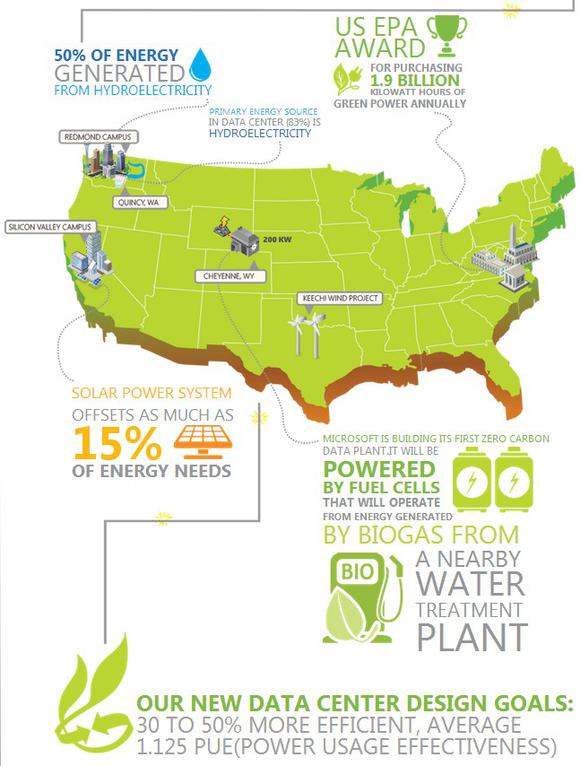The United States economy is in trouble. Employment is the backbone of any economy, and there are three reasons jobs today just ain't as sweet as they used to be. Here's why Americans are getting paid less, getting fired, or are just giving up altogether.
1. Uneducated only, please
The United States economy was built on the backs of John Rockefeller, Henry Ford, Rosie the Riveter, and countless others who transformed our nation into a manufacturing machine.
In 1960, General Motors Company was the largest employer, putting 595,200 Americans to work. That's 0.8% of the entire work force, and a whopping 3.5% of all manufacturing jobs.
Source: General Motors Company; 1960 Chevrolet Corvette Convertible.
But while manufacturing has brought the United States economy unprecedented wealth, it's recently been more headache than help. Outsourcing, improved technology, and a global recession have mangled manufacturing's role as America's everlasting employer.
Since its 2009 bailout, General Motors Company has been cutting jobs and trading out high-paid workers for cheaper labor. The automaker has hired around 18,000 hourly production workers, allowing the company to remove skilled trade jobs. The Center for Automotive Research says General Motors Company saves approximately $57,000 a year when it hands a pink slip to a high-skilled $32-per-hour earner and hires a $15-per-hour employee instead.
2. Subsisting on services
But manufacturing might not even matter much to the United States economy. Today, the sector employs around one-tenth of America's workforce, while the services sector has soared to nearly 90%.
General Motors Company topped the top employer list in 1960, but the biggest spots in 2010 were all filled by services corporations. In first place, Wal-Mart Stores employed an astounding 2.1 million people -- that's equal to the population of Houston, the country's fourth-largest city.
The biggest goods-producing employer in 2010 was Hewlett-Packard Company , with just 324,600 employees. Not only is that less than General Motors Company employed in 1960, but it's shrinking even more. Hewlett-Packard Company announced on New Year's Eve that it will cut 5,000 more jobs, bringing its total termination count to 34,000 -- 11% of its entire workforce.
For a closer look at services, the Bureau of Labor Statistics periodically releases data on the hottest occupations in the United States economy. For May 2012 (the most recent data available), retail salespersons, cashiers, and restaurant workers snagged the top three spots. Collectively, these three industries alone employ a staggering 10.6 million Americans.
Source: Bureau of Labor Statistics
But the news isn't all good for services. The Bureau of Labor Statistics also tracks hourly wages, and our nation's largest employers are also paying pennies compared to manufacturing. While General Motors Company is happy to hire $15-per-hour workers, the average cashier makes just $9.21.
The lowest earners list is littered with services workers. Food preparation workers have it worst, earning just $7.92 per hour. That's lower than the minimum wage for 15 states.
Source: Bureau of Labor Statistics.
3. Giving up for good
Source: National Archives; Unemployed wait outside a soup kitchen in 1931.
While the services sector keeps its employees on subsistence wages and manufacturing jobs continue to get cut, the biggest problem may be getting workers to work-period. The global financial crisis pushed the United States economy's unemployment rate from an enviable 4.5% to an ugly 10% in just two years' time.
![US Unemployment Rate Chart]()
US Unemployment Rate data by YCharts
But although rates are back down to 6.7%, it's not because employers are hiring. Many Americans are simply giving up and leaving the work force altogether, making numbers look better than they actually are. Since 2007, the number of employable Americans looking for work has dropped from 66.4% to a measly 62.8%, the lowest since 1978.
![US Labor Force Participation Rate Chart]()
US Labor Force Participation Rate data by YCharts.
The future of the United States economy
The United States economy is in a rut. Although the Federal Reserve recently noted that things have "picked up" in recent quarters, it described labor market indicators as "mixed." With current movements between manufacturing and services, as well as in and out of the economy altogether, it's easy to understand why. Employment is the undisputed backbone to the United States economy, allowing America to both produce and purchase.
America's road to recovery
Manufacturing will never employ as many Americans as it did in 1960. But for America to make a comeback, it doesn't have to. For the first time since the early days of this country, we're in a position to dominate the global manufacturing landscape thanks to a single, revolutionary technology: 3D printing.
Although this sounds like something out of a science fiction novel, the success of 3D printing is already a foregone conclusion to many manufacturers around the world. The trick now is to identify the companies -- and thereby the stocks -- that will prevail in the battle for market share. To see the three companies that are currently positioned to do so, simply download our invaluable free report on the topic by clicking here now.
Copyright © 1995 - 2014 The Motley Fool, LLC. All rights reserved. The Motley Fool has a disclosure policy.
























